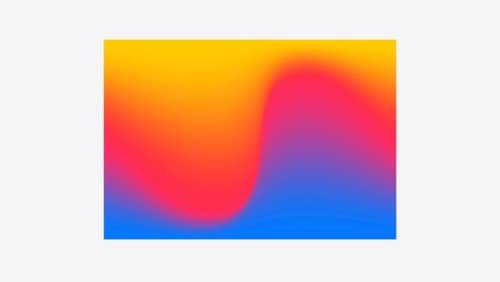Metal shaders
Asked on 2024-08-02
1 search
Metal Shaders at WWDC 2024
Sessions Mentioned:
- Create custom visual effects with SwiftUI
- Port advanced games to Apple platforms
- Discover RealityKit APIs for iOS, macOS and visionOS
- Optimize your 3D assets for spatial computing
- What’s new in USD and MaterialX
Key Points:
-
SwiftUI and Metal Shaders:
- In the session Create custom visual effects with SwiftUI, it is explained how to instantiate a shader in SwiftUI by calling a function with its name on the shader library. The shaders are written in the Metal shading language and executed on the GPU for each pixel of the view. This allows for real-time effects and custom visual treatments.
-
Game Porting and Metal Shader Converter:
- The session Port advanced games to Apple platforms discusses the Metal Shader Converter, which supports all shader stages, including ray tracing and mesh shaders. This tool helps in porting shaders to Metal, significantly reducing development time, as demonstrated by Ubisoft's use in porting "Assassin's Creed Mirage."
-
RealityKit and Shader Graph:
- In Discover RealityKit APIs for iOS, macOS and visionOS, the new shader style in RealityKit is highlighted, which integrates with the shader graph material. This allows for advanced visual effects and custom hover effects using nodes like the hover state node.
-
Optimizing 3D Assets:
- The session Optimize your 3D assets for spatial computing covers the use of Reality Composer Pro's shader graph to set up materials and textures efficiently. It also discusses the use of environment radiance nodes to achieve metal-like reflections in unlit shaders.
-
USD and MaterialX:
- What’s new in USD and MaterialX introduces support for MaterialX shaders in RealityKit's shader graph, enabling consistent visuals across VisionOS, iOS, iPadOS, and macOS. This session emphasizes the ease of designing shaders without coding, using bespoke nodes available online.
These sessions collectively provide a comprehensive overview of how Metal shaders are utilized across different Apple platforms and tools, from game development to custom visual effects in SwiftUI and RealityKit.

Create custom visual effects with SwiftUI
Discover how to create stunning visual effects in SwiftUI. Learn to build unique scroll effects, rich color treatments, and custom transitions. We’ll also explore advanced graphic effects using Metal shaders and custom text rendering.

Port advanced games to Apple platforms
Discover how simple it can be to reach players on Apple platforms worldwide. We’ll show you how to evaluate your Windows executable on Apple silicon, start your game port with code samples, convert your shader code to Metal, and bring your game to Mac, iPhone, and iPad. Explore enhanced Metal tools that understand HLSL shaders to validate, debug, and profile your ported shaders on Metal.

What’s new in USD and MaterialX
Explore updates to Universal Scene Description and MaterialX support on Apple platforms. Discover how these technologies provide a foundation for 3D content creation and delivery, and learn how they can help streamline your workflows for creating great spatial experiences. Learn about USD and MaterialX support in RealityKit and Storm, advancements in our system-provided tooling, and more.
